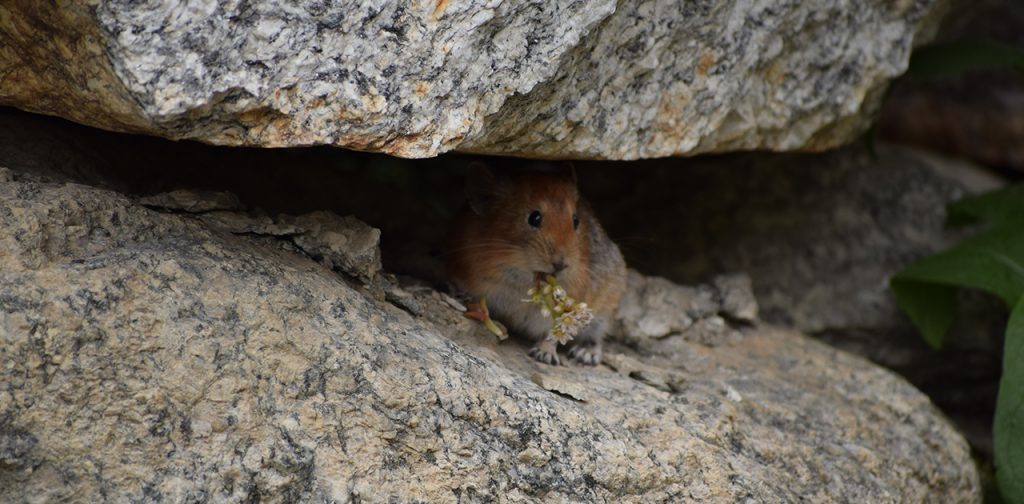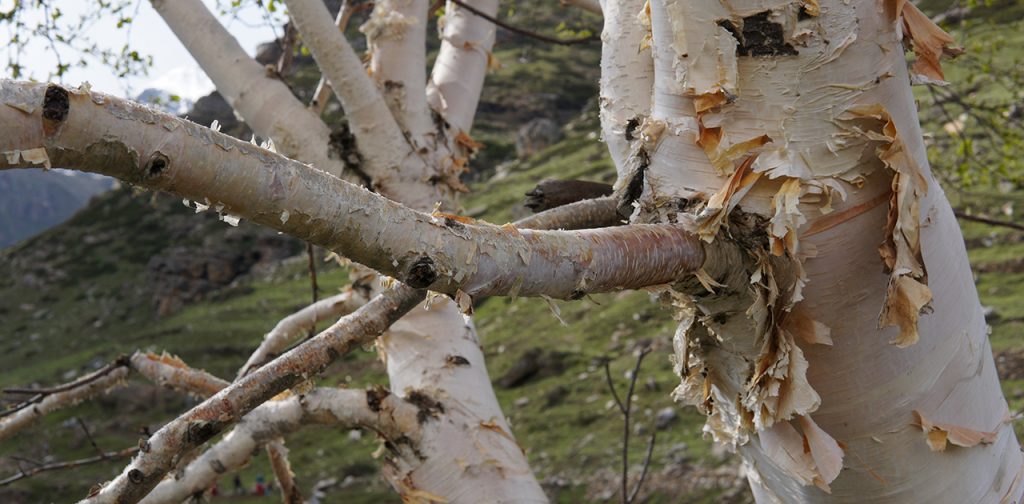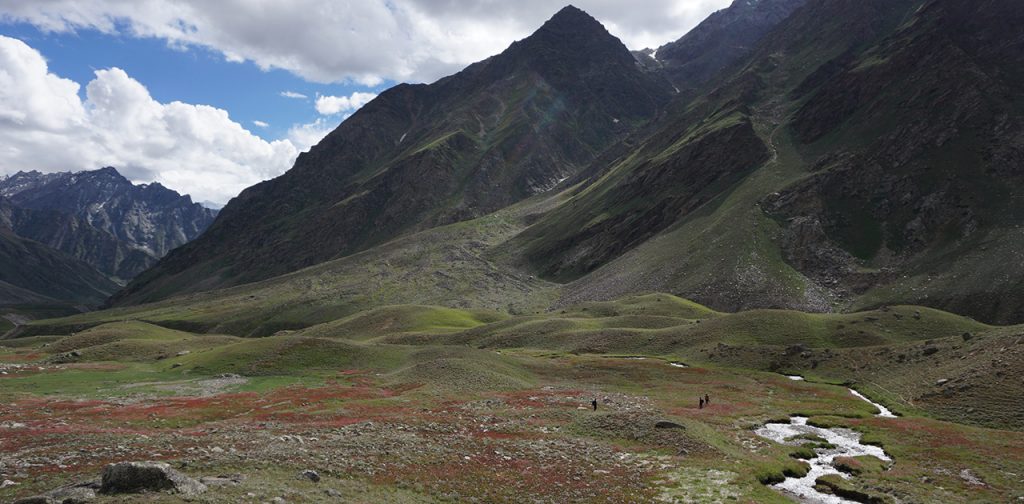To identify important ecosystems based on a variety of parameters including biodiversity, landscape context, threatened or endangered ecosystems, provisioning of basic ecosystem services, and dependence of local community
High Conservation Value Forest (HCVF) is a Forest Stewardship Council (FSC) forest management designation used to describe those forests that meet criteria defined by the FSC Principles and Criteria of Forest Stewardship. HCVF is an emerging concept used to identify important forest areas based on a variety of parameters including biodiversity, landscape context, threatened or endangered ecosystems, provisioning of basic ecosystem services, and dependence of local community, among others. However, this study “Identifying, delineating and mapping areas with High Conservation Values and developing management recommendations and plans” done by Wildlife Institute of India (WII) for SECURE Himalaya Project in Pangi and Lahaul regions of Himachal Pradesh, sought to focus on High Conservation Value Area (HCVA) other than HCVF.
The objective
- To identify High Conservation Value (HCV) categories of areas/forests and other vegetation types in the project landscape of Himachal Pradesh
- Delineate their boundaries and map them
- Prepare relevant management recommendations






The study looked at each and every area, not only forests, to study and to find out its conservation value. There are six recognized forms of High conservation value forests as listed by FSC.
1. Species diversity
Concentrations of biological diversity including endemic species, and rare, threatened or endangered species that are significant at global, regional and national levels
2. Landscape-level ecosystems & mosaics
Ecosystems that contain viable populations of the great majority of the naturally occuring species in natural patterns of distribution and abundance.
3. Ecosystems & Habitats
Rare, threatened or endangered ecosystems, habitats and refugia
4. Ecosystem Services
Basic ecosystem services in critical situations, including protection of water catchments and control of erosion of vulnerable soils and slopes.
5. Community Needs
Sites and resources fundamental for satisfying the basic necessities of local communities or indegenous peoples (for livelihoods, health, nutrition water etc)
6. Cultural Values
Sites, resources, habitats and landscapes of national cultural, archaeological or historical significance and or religious/sacred importance for local communities




